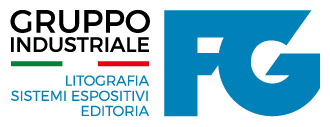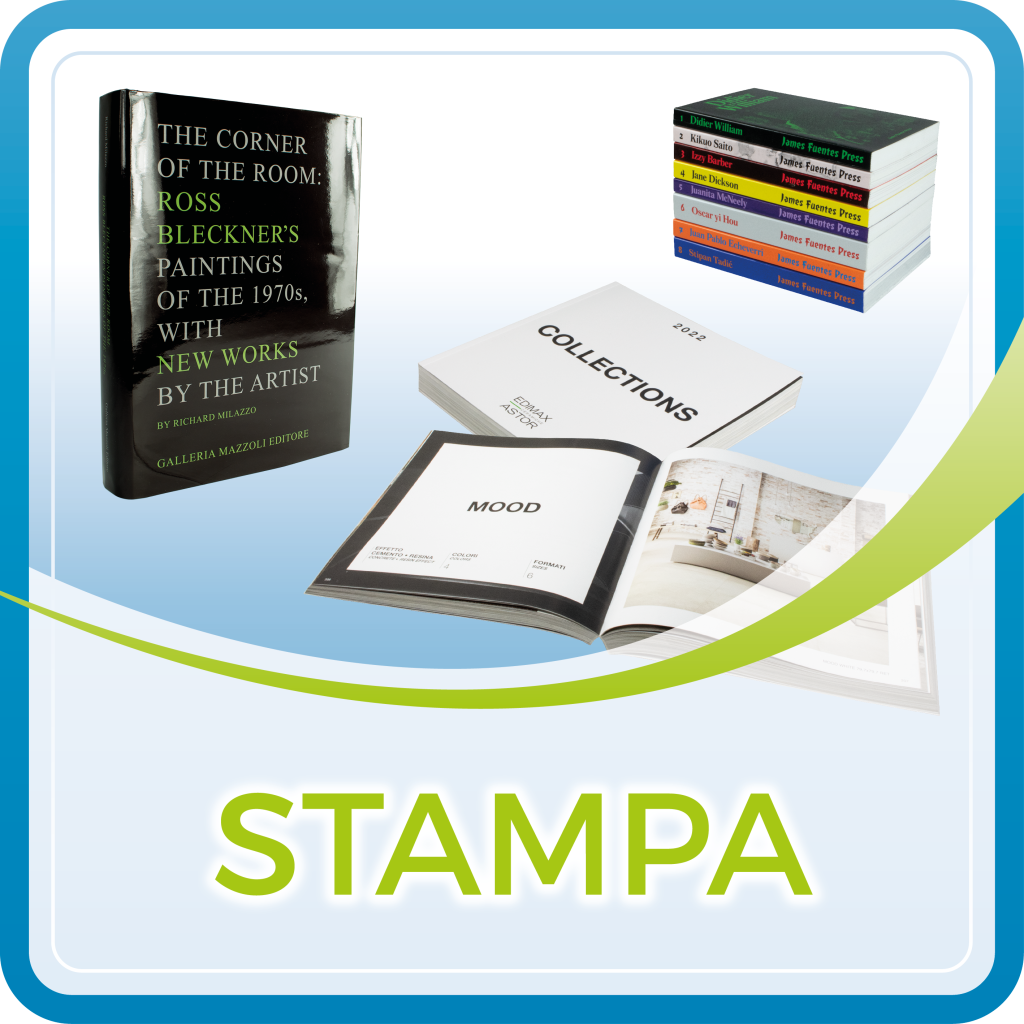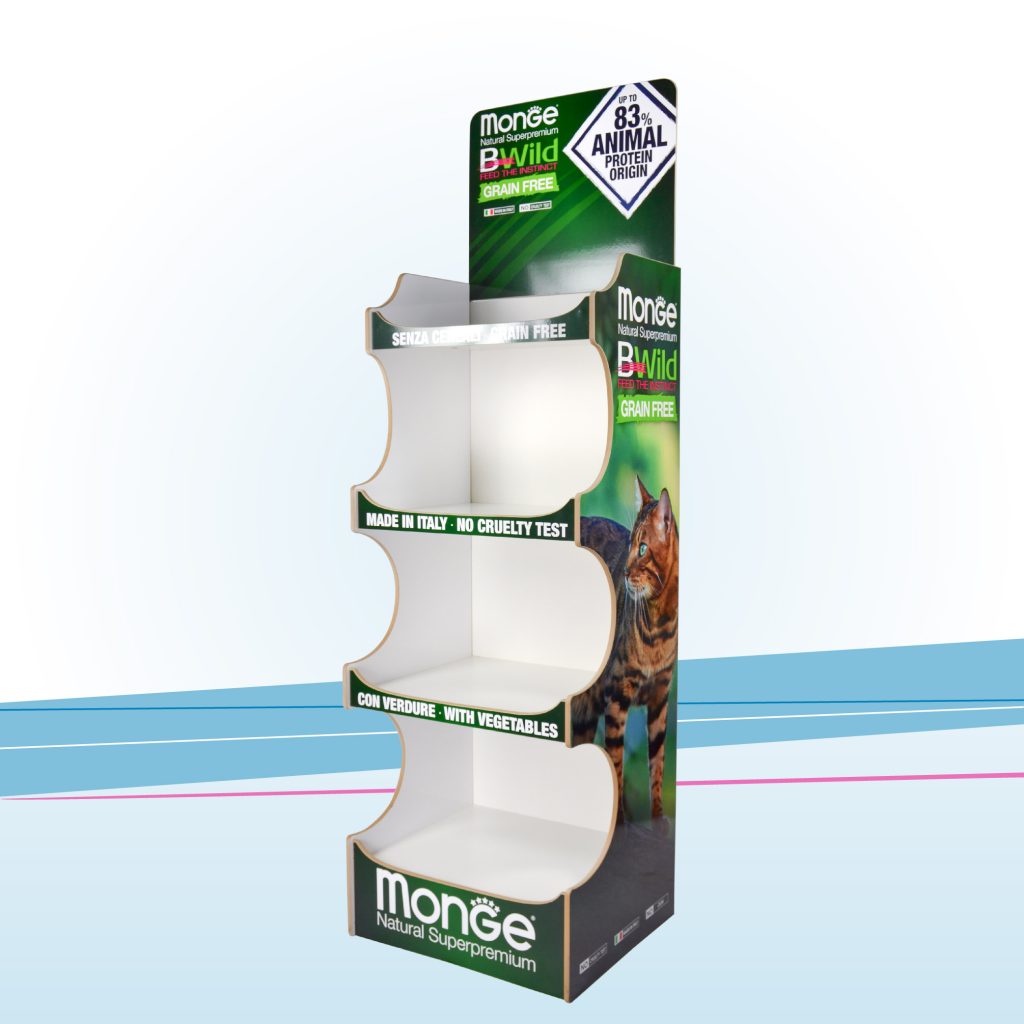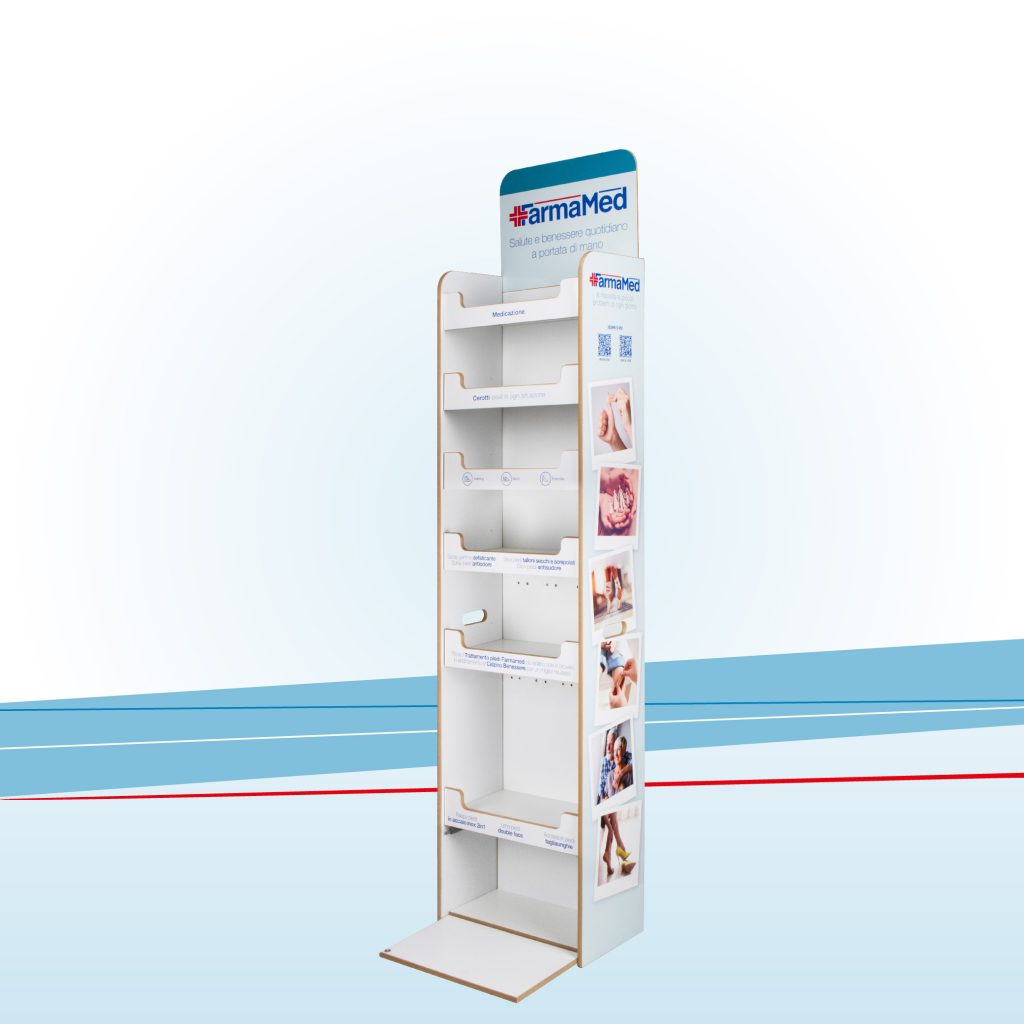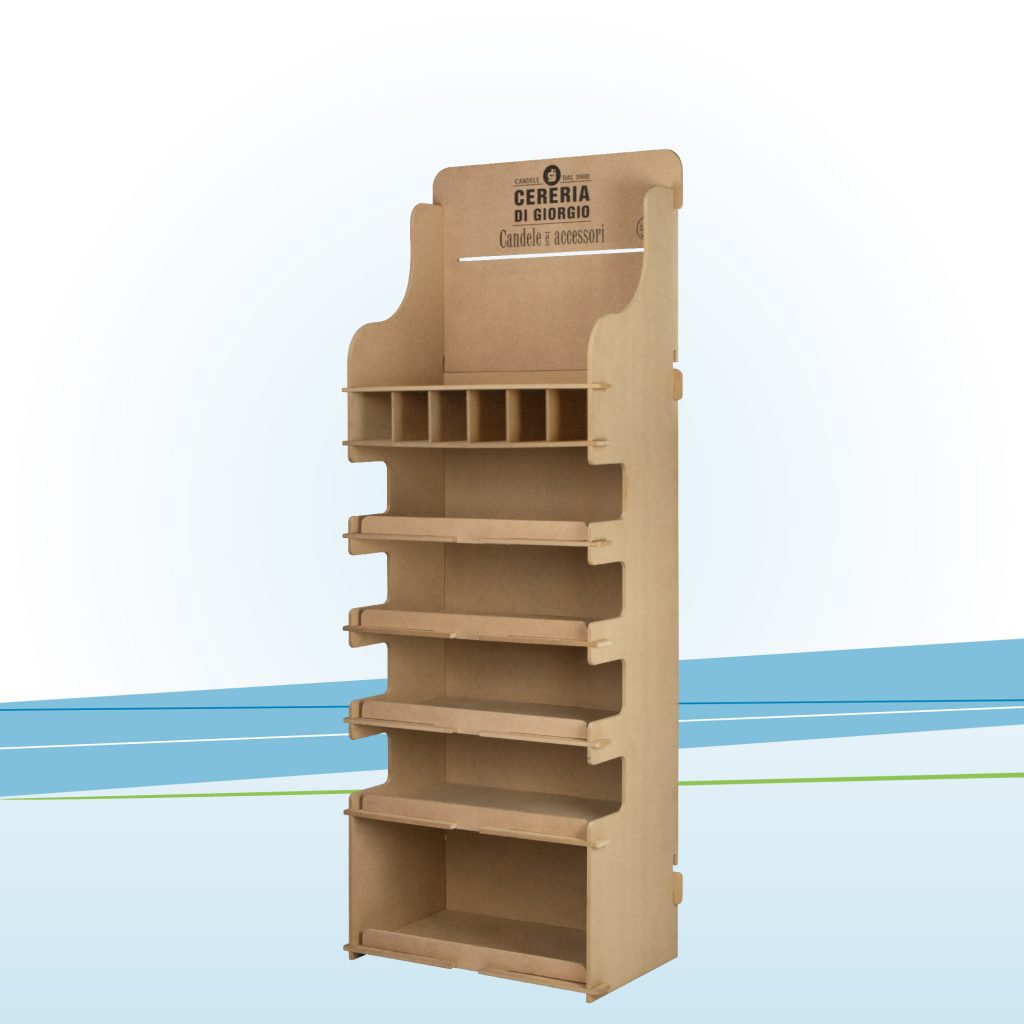BENVENUTI NEL GRUPPO INDUSTRIALE FG
Esperti nella produzione di espositori in MDF e cartone di alta qualità, sia da banco che da terra,
per valorizzare al meglio i vostri prodotti e promuovere la vostra brand identity.
LA NOSTRA MISSION
ACCOMPAGNARE IL CLIENTE
DALLA LORO NECESSITA'
ALLA REALIZZAZIONE FINALE
LA NOSTRA MISSION
ACCOMPAGNARE IL CLIENTE
DALLA SUA NECESSITA’
ALLA REALIZZAZIONE FINALE
Aggiungi valore ai tuoi prodotti
I VALORI CHE CI ACCOMPAGNANO DA SEMPRE
Scopri alcuni dei nostri espositori
OLTRE 50 ANNI DI ESPERIENZA
La nostra filosofia è da sempre quella di investire sulle persone, il capitale umano di ogni azienda. Siamo fortemente convinti che questo fattore rappresenti un tassello essenziale per favorire lo sviluppo del nostro Gruppo, e sopratutto per permetterci, oggi, di mantenere eccellenti livelli di qualità nel nostro settore.
Passione per il proprio lavoro. Questo il secondo ingrediente che sapientemente coltiviamo all’interno della nostra azienda. Mettiamo passione in quello che facciamo e il risultato si vede.
Lavorare con passione e in armonia, come una grande famiglia
è quello che accade qui al Gruppo Industriale FG.
Instagram FEED




Lorem ipsum dolor sit amet, consectetur adipiscing elit. Ut elit tellus, luctus nec ullamcorper mattis, pulvinar dapibus leo.
